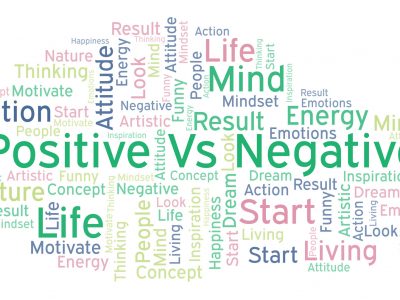
Autism, or ASD – Autism Spectrum Disorder, affects 1 in 59 children, with a near 15% increase in diagnosis in recent years. However, despite its prevalence, it is still not understood well and public education on ASD is still far behind what it should be or what is already known.
Achievement Balance would love to see this change, which is why we have compiled 9 statistics that everyone should know about Autism.
Autism is 4 Times as Likely to Be Diagnosed in Boys Than Girls
This could be because the symptoms are often more prevalent in boys than in girls, more easily seen, or there could be a link between male and female minds and the occurrence of ASD. All that is known now, is that 1 in 37 boys are diagnosed along the Autism spectrum, while 1 in 151 girls are.
Most Children Are Being Diagnosed After Age 4
Early diagnosis and intervention are incredibly important when working with children who have ASD, and our capabilities make diagnosis possible even before two years of age. Unfortunately, most children are still not being diagnosed until after age 4, which means they are losing out on two early years of treatment, intervention, and understanding.
Parents Who Have One Child with ASD Have a 2-18% Chance of Having a Second
Research does indicate that there is a genetic component in the majority of cases, with children being born to older parents having a higher risk for ASD. Additionally, in identical twin studies in which one twin has ASD is linked to a 36-95% chance that the other will as well, however, in non-identical twin studies where their genetics differ more considerably, that number drops to around 31%.
All (100%) Studies Have Shown No Link Between Vaccines & Autism
This goes against what popular culture sometimes believes, but even the ‘original study’ that claimed to have found a link between ASD and vaccinations has admitted that the study was falsified. All studies since then have clear results – there is absolutely no link between having your child vaccinated and the development or prevalence of ASD.
33% of Individuals with ASD Are Nonverbal
ASD is a spectrum disorder, meaning that some can show very mild symptomology, while others can show severe symptoms, and there is a whole swath in between. Additionally, no two individuals with ASD look the exact same, as the symptoms, strengths, and struggles of each are unique to them.
31% of Individuals with ASD Have an Intellectual Disability (with 25% in the Borderline Range)
This statistic shows that nonverbal and intellectual disabilities (IQ at 70 or below) are not as common as many believe within the ASD community. In fact, one third or less have these ‘common’ difficulties, which should show the diversity within individuals who have ASD, as well as the importance for early interventions, speech therapy, or daily living skills training.
As shown, 25% of individuals with ASD are at the edge of having intellectual disability, with an IQ between 71-85, which still means nearly half of individuals with ASD have no intellectual disability whatsoever. Compare this with the non-ASD adult population, where around 16% have an IQ beneath 85, and that 25% number seems even smaller.
66% of Children with ASD between the Ages of 6 & 15 Have Been Bullied
Bullying is something that affects many children, but sadly, it can affect children who are seen as different or ‘odd’ even more so. Read through our previous anti-bullying article to learn more about what we can do to lower these number and stop bullying once and for all.
Almost 27% of 8-Year-Olds with ASD have Self-Injurious Behaviors
This usually consists of head-banging, arm biting, or skin scratching and can be helped with therapy and interventions. Often, children with ASD have co-occurring difficulties and diagnosis such as anxiety, which can exacerbate these self-injurious behaviors.
Drowning is the Leading Cause of Death Associated with Wandering or Bolting Behavior for Children Under 14 at 90%
The dangers of wandering or bolting are very real for children with ASD, see our tips for working with and intervening in wandering behaviors in order to keep your children safe here.
Reach Out to Achievement Balance for More Information, Help, Interventions, & Therapy Services at One of Our Area Locations
Achievement Balance wants to come alongside you, your family, and your community to help create a world where our children’s differences are celebrated and where our society understands ASD, the myths, and the truths.
If you would like to learn more about our services or resources, please visit our website or contact us at (972) 410-5297.



